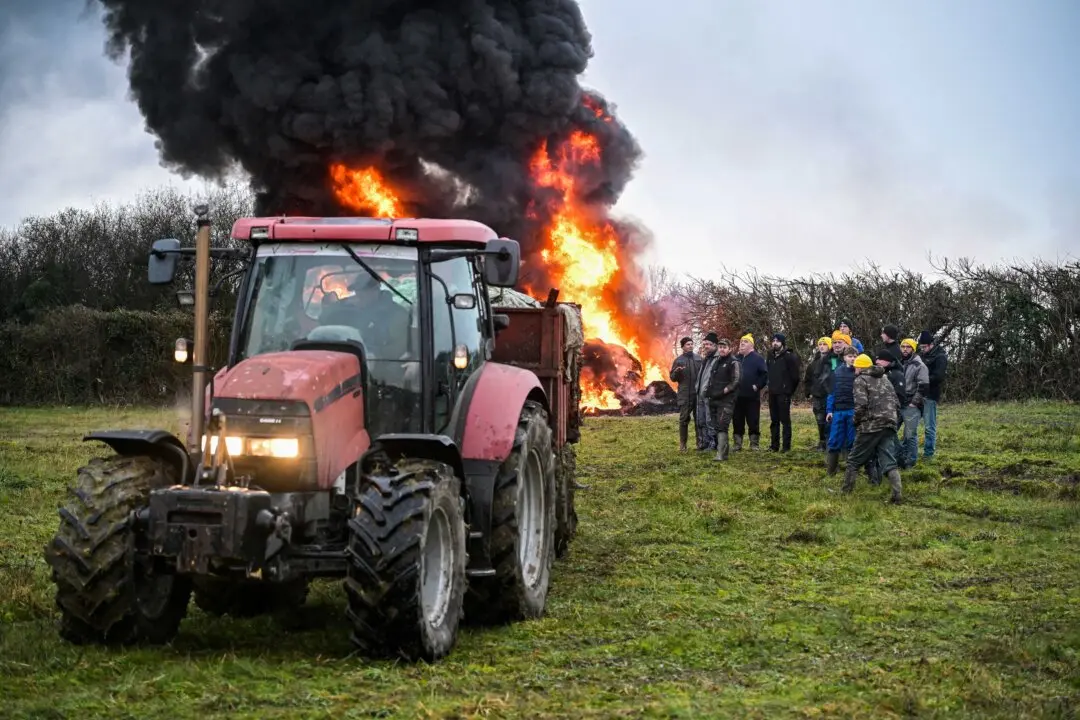Also known as Guy Fawkes Night, Bonfire Night is the annual commemoration of Nov. 5, primarily in the United Kingdom.
It is a tradition originating from the events of Nov. 5, 1605 when Guy Fawkes, part of the Gunpowder Plot, was arrested for his part in attempting to blow up the House of Lords in London.
To celebrate the fact that King James I survived this assassination attempt, people lit bonfires around the capital city, and later it became an annual public day of thanksgiving for the plot’s failure.
Enjoy these space photos as part of the celebrations!






